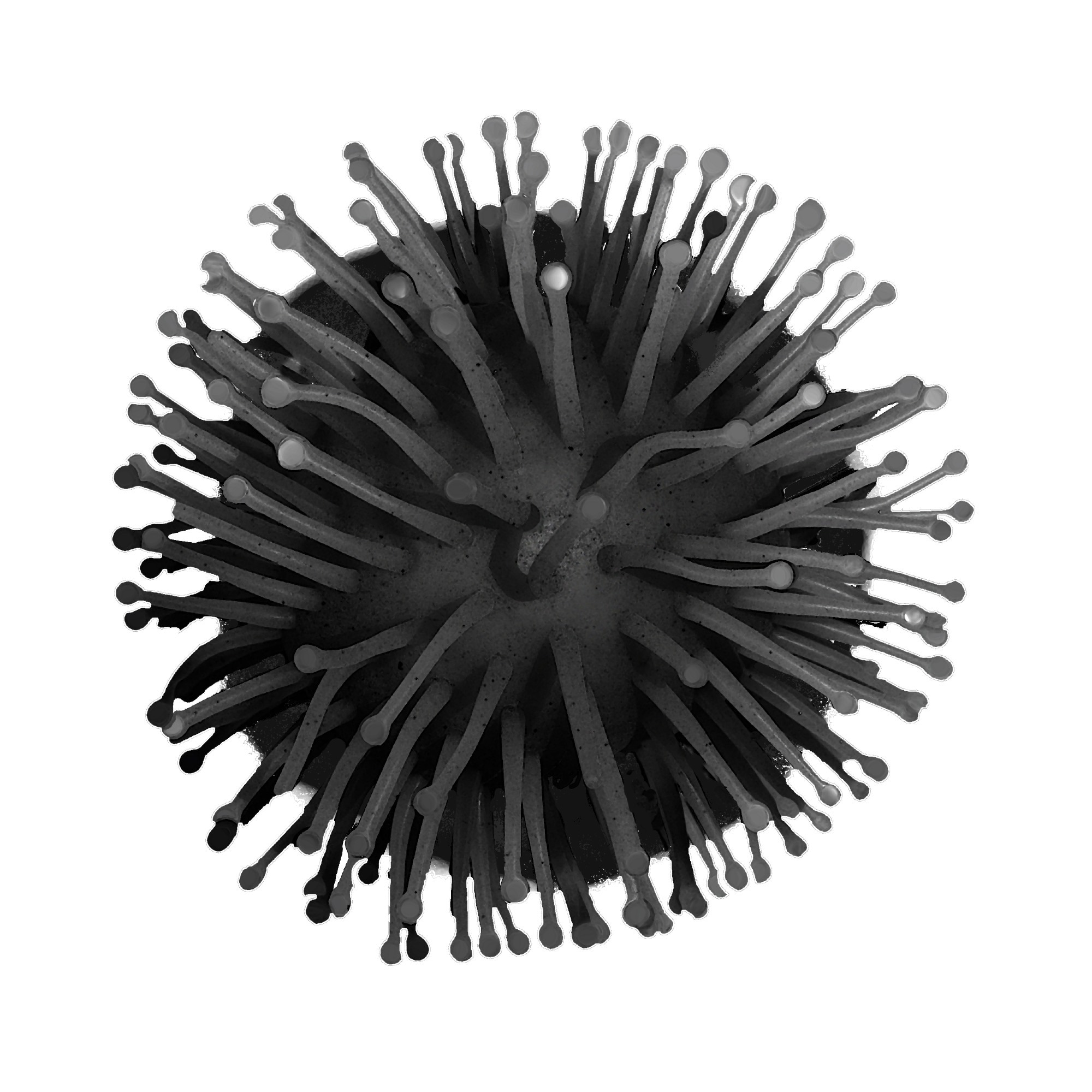In a recent study published in the Journal of Biological Chemistry, researchers performed an in vitro analysis to isolate ultralong bovine heavy chains that showed binding with severe acute respiratory syndrome coronavirus 2 (SARS-CoV-2) and related coronaviruses (CoVs).
 Study: A bovine antibody possessing an ultralong complementarity-determining region CDRH3 targets a highly conserved epitope in sarbecovirus spike proteins. Image Credit: Andrii Yarovsky/Shutterstock
Study: A bovine antibody possessing an ultralong complementarity-determining region CDRH3 targets a highly conserved epitope in sarbecovirus spike proteins. Image Credit: Andrii Yarovsky/Shutterstock
Background
Studies have reported that broadly neutralizing antibodies (Abs) have immense potential as antiviral therapeutic agents due to their capability to identify highly conserved epitopes seldom mutated in viral variants. A bovine Ab subset possesses an ultralong complementarity-determining region (CDR)H3 highly adept at identifying conserved viral epitopes; however, their activity against Sarbecovirus spike (S) proteins has not been well-characterized and warrants further investigation.
About the study
In the present proof of principle study, researchers aimed to isolate ultralong bovine heavy chains that could bind to Sarbecovirus S proteins in vitro.
A mammalian cell-surface screen was used for screening ultralong CDRH3 Ab libraries. Leukocyte gDNA (genomic deoxyribonucleic acid) variable exons of cows were amplified to generate an ultralong bovine paratope library. Subsequently, enrichment of the ultralong CDRH3 regions was performed by polymerase chain reaction (PCR) and selection of sizes, for producing a library with ultralong CDRH3s.
Next, the team inserted the amplicons in the pBovShow cassette. It screened the ultralong single chain variable fragment (scFv) protein library to identify SARS-CoV-2 S binding by transiently transfecting the scFv library in the 293T cells and performing FC analysis. To increase S-binding scFv(s) isolation efficiency, the library was cloned into LV (lentivirus) vectors and vesicular stomatitis virus (VSV)-pseudotyped LV particles were generated and transduced in the 293T cells to obtain combined scFv sequences for every cell.
A total of 15 SCCs (single-cell clones) showed S interaction, of which three contained three scFvs with an identical nucleotide sequence, which was termed as B9-scFv. To locate the epitope of B9-scFv, SARS-CoV-2 S subunits, S1, S2, and S1 receptor-binding domain (RBD) were purified using IMAC (immobilized metal affinity chromatography) analysis. Differential hydrogen-deuterium exchange mass spectrometry (MS) was performed to assess the mechanism of antibody binding.
Results
A broadly reactive and an ultralong scFv (B9-scFv) CDRH3 epitope was isolated from a SARS-CoV-2-naïve heavy-chain library that showed binding to SARS-CoV-2 RBD, all SARS-CoV-2 variants of concern (VOCs) and SARS-CoV RBD. The epitope neutralized SARS-CoV S-pseudotyped viruses, but not by competing with the ACE2 (angiotensin-converting enzyme 2) receptor binding.
Rather, the epitope neutralized SARS-CoV pseudotyped LVs, transiently available via interdomain S protein movements and destabilizing the prefusion complex. The epitope localized to a cryptic cleft on the inner surface of the RBD, a site that overlapped with footprints of a few broad anti-SARS-CoV-2 Abs such as S2H97, 7D6/6D6, and FD20.
The broadly active CDRH3 was isolated from a modest sequence diversity library, underscoring the enormous potential of the bovine system as a source for obtaining broadly active Abs that can confer protection against novel pathogenic organisms and their mutant variants. B9-scFv comprised 53% of scFvs obtained from LV-transduced 293T cells after a single S protein binding selection, which elevated to 83% upon further FC enrichment. The findings indicated that B9-scFv largely accounted for the anti-S activity in the library.
Cells that transiently expressed B9-scFv showed binding to S, RBD and S1, but not with S2, indicating that the B9-scFv binding site was localized to RBD amino acid residue 319 to residue 591. The binding of B9-scFv to S protein-transfected cells was concentration-dependent and enriched compared to ultralong scFv controls.
Of note, B9-scFv did not show any reactivity with non-transfected cells, even at concentrations of five mM for an hour, strongly indicative of specific S-Ab interaction. B9-scFv-S binding was maintained across mutations such as N501Y, D614G, Y453F, E484K, K417N, and L452R in SARS-CoV-2 VOCs such as Beta, Alpha, Delta, Gamma, Omicron, and Gamma. The findings indicated broad B9-scFv cross-reactivity.
The binding affinity to SARS-CoV-2 variant RBDs in comparison to the wild-type (wt) S was comparable, strengthening the observation of B9-scFv binding to a highly targeted and conserved epitope. SARS-targeted human CR3022-scFv and B9-scFv were relatively unreactive with the Middle East respiratory syndrome CoV (MERS-CoV) RBD, indicating that B9-scFv was SARS-CoV-specific.
Only a minor difference was observed for B9-scFv binding to 200 nM and 2.0 μM of SARS-CoV RBD, indicative of a nanomolar binding affinity. B9-scFv near completely (98%) neutralized SARS-CoV S (Urbani strain)-pseudotyped LV particles at a 70 μg/ml concentration but did not show such effects for equivalent SARS-CoV-2 titers. The half maximal inhibitory concentration (IC50) value for SARS-CoV pseudo-typed LV neutralization by B9-scFv was 468 nM.
Overall, the study findings highlighted the potential of in vitro-expressed bovine Abs with ultralong CDRH3s to isolate novel and broadly active therapeutic agents for combating emerging pathogenic organisms and their variants and to identify prime epitopes for developing vaccines. The team underpinned previously reported findings that ultralong CDRH3 regions pair with relatively invariable Vλ light chains to generate an scFv template onto which ultralong heavy chain libraries can be cloned and expressed.